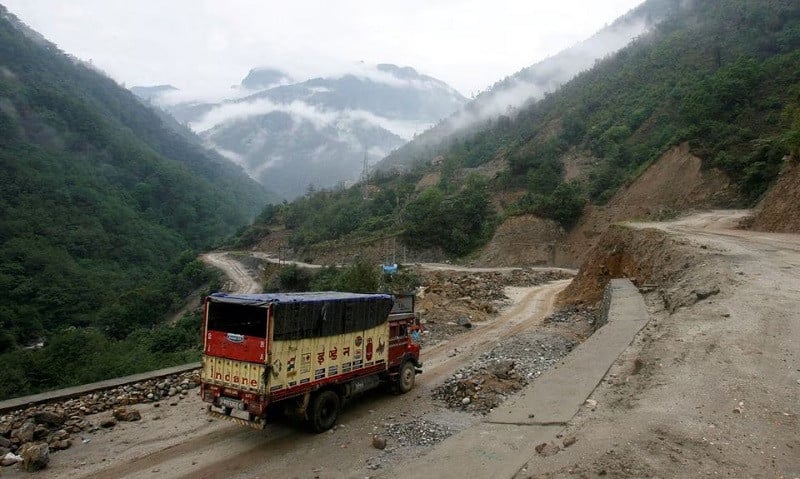NEW DELHI: China has renamed over thirty locations in India’s northeastern Himalayan state of Arunachal Pradesh. The Indian government criticized this decision on Tuesday, referring to it as “senseless” and reiterating that the border province is a “integral” part of India.

Beijing claims that Arunachal Pradesh, also known as Zangnan, is a part of South Tibet; New Delhi has always refuted this assertion. A year ago, China escalated tensions by renaming eleven landmarks in the state in Mandarin.
In December 2022, troops from the nuclear-armed neighbors got into small skirmishes along their disputed border in the state; however, tensions subsided following protracted military and diplomatic negotiations.
However, the state frequently sparks conflict between the two Asian superpowers, whose relations have deteriorated dramatically after a violent border skirmish between their armies in 2020 in the western Himalayas.
China announced on Saturday that, “in accordance with the relevant regulations on place name management of the State Council,” the names of around thirty locations in what it refers to as South Tibet have been standardized.
The foreign ministry spokeswoman Randhir Jaiswal stated on Tuesday that “assigning invented names will not alter the reality that Arunachal Pradesh is, has been, and will always be an integral and inalienable part of India.”
Subrahmanyam Jaishankar, the foreign minister of India, told reporters on Monday that “changing names will not do anything”.
“If I change the name of your house, does it become my house?” he said.
China declared its opposition to Prime Minister Narendra Modi’s operations in the region last month, when the latter visited the state to inaugurate infrastructure projects. The arguments were deemed “baseless” by India.
In its response, the US stated that it acknowledged Arunachal Pradesh as part of India and “strongly opposed” any unilateral attempts by the military or civilians to “incur or encroach” on the region.
China had objected to these statements, claiming that the US was not involved in any way.
Along their 3,800 km (2,400 mi) shared border, which is largely unmarked, India and China fought a terrible war in 1962.
Following the hand-to-hand combat deaths of twenty Indian soldiers and four Chinese soldiers in 2020, both nations strengthened their defenses and increased the number of soldiers and weaponry stationed along their borders.










































